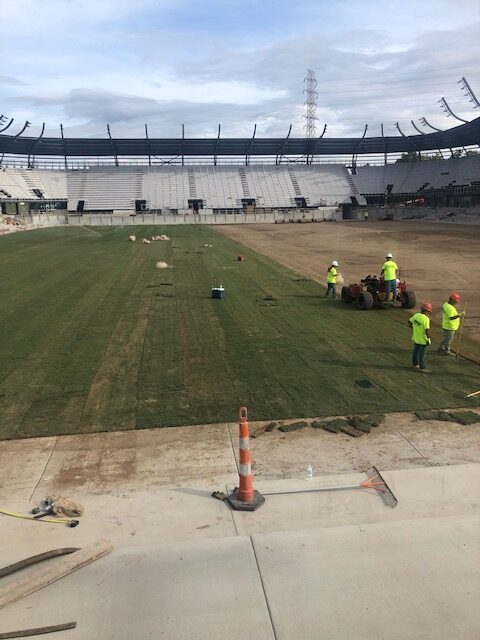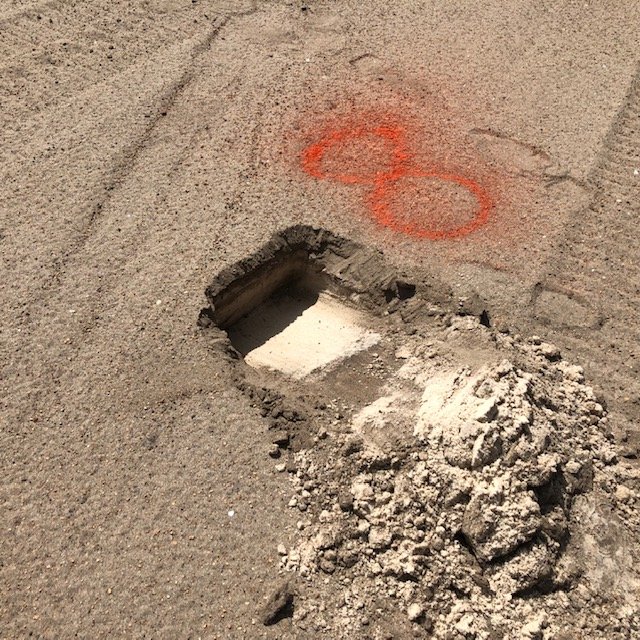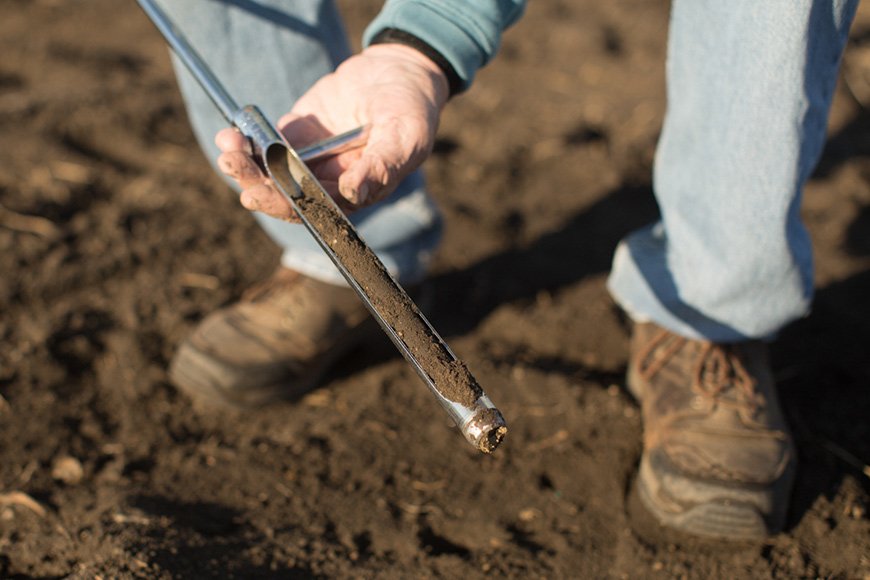UNDER THE TURF:
Athletic field Soil Testing
As you know by now, planning is an integral part of any sports field. You need to factor in every necessity during planning to ensure, step-by-step, that your field fits all variables. Field Location, budget, maintenance, and turf type all take part in what is needed for construction. More importantly, what goes under your turf. The importance of your field’s foundation is quite literally the “groundwork of your investment”. Knowing what is going on under your sports field will keep your investment long-lasting.


Athletic Field Subsoil Testing
One of the things that go into the beginning design phases of any field project is soil testing. A series of soil tests are pertinent to evaluate the existing conditions and type of soil on which a new field will be constructed. Soils heavy in fine particulates such as silt and clay will likely compact easily and inhibit free drainage, while coarser material such as sand works the opposite but has less stability. The type of clay is also important as there are many types and their stability varies when introduced to water. Infiltration rates should be tested under normal conditions, before compaction, to understand how the field will need to be designed for optimal performance. Low infiltration rates will dictate that the bulk of drainage is handled (1) at the surface by crowning or sloping the field and allowing water to move horizontally toward the sidelines or (2) below the surface by installing larger drainage systems that can contain and store larger volumes of water and slowly release it over time. High infiltration rates reveal that water can easily move vertically through the soil profile and may signal the need for a subsurface drainage system that slows down the discharge rate. The information gathered in these initial soil tests determines the stormwater holding capacity and downstream runoff calculations. It’s also critical to meet with local permitting authorities and Water Management Districts to determine the allowable rates by the local jurisdiction. A of this information is required to complete the design of a drainage system.
Turf Base Preparation
If you have decided to go with an artificial turf system for your sports field, it can be easy to get wrapped up in the simplicity of maintenance. However, to ensure your artificial turf grass is long-lasting, you must invest in base preparation.
If you have decided to go with natural grass, the soil testing process is far from over! You will be choosing between a native soil or a sand-based field. Soil testing will provide the information you need to move forward with soil amendments, sand selection, and quality control analysis. Of course, a slew of other soil samples will need to be tested in a lab to ensure that a pH level is suitable to sustain a quality sports field, help guide your turfgrass selection, fertilization, watering, and aerification needs.

Have a Question?
































